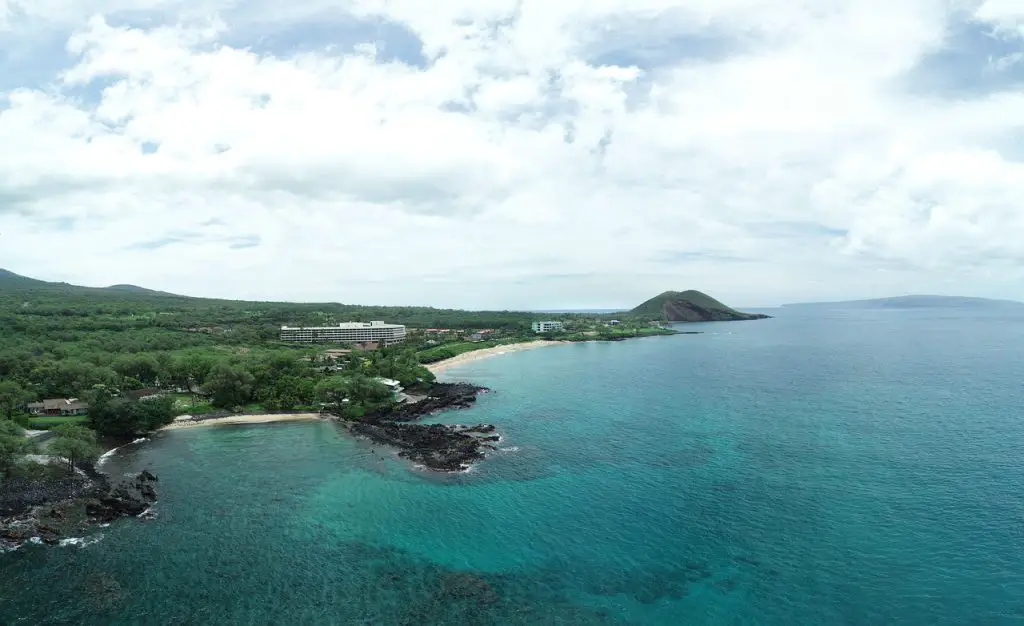The cultural history of Maui, the second-largest island in the Hawaiian archipelago, is a rich tapestry woven with tales of gods and goddesses, kings and queens, and the indomitable spirit of its indigenous people. To condense this fascinating history into a concise narrative, we must delve deep into the realms of mythology, archaeology, and documented history.
Ancient Maui
Maui’s human history is thought to date back nearly 1,500 years, when Polynesians from the Marquesas Islands first landed on its shores. These early settlers brought with them a distinct cultural, social, and political system, and they thrived on the rich natural resources of the island. They established the kapu system—a complex code of conduct that governed all aspects of life, including social hierarchy, gender roles, religious practices, and resource management. The kapu system played a crucial role in preserving Maui’s ecological balance and social harmony.
Myth and Legend
Maui’s history is imbued with numerous myths and legends. The most famous of these centers around the demigod Maui, from whom the island derives its name. He is credited with a host of remarkable feats, the most renowned being him fishing up the Hawaiian Islands from the ocean floor.
Other local legends talk about the great King Pi’ilani, who ruled in the 16th century and is known for constructing the Pi’ilani Highway—a remarkable feat of engineering at the time. His reign was characterized by peace and prosperity, and it laid the foundations of Maui’s political structure, which lasted until the arrival of Europeans.
European Contact and Influence
European contact with Maui began in the 18th century, starting with Captain James Cook’s sighting of the island in 1778. Although Cook never landed on Maui, his voyages opened the door for other Europeans. Traders, missionaries, and whalers soon arrived, bringing with them foreign diseases, which significantly impacted the native population.
The missionaries particularly had a profound effect on the culture of Maui. They introduced Christianity, the English language, and Western educational systems, transforming the island’s traditional way of life. They also documented the Hawaiian language into a written form, helping preserve many aspects of the indigenous culture.
The Sugar Era
The mid-19th to the mid-20th century marked the Sugar Era, which dramatically altered Maui’s economy, society, and landscape. Sugar production became the backbone of the island’s economy, attracting immigrant workers from China, Japan, Portugal, and the Philippines. This influx of immigrants created a multicultural society and shaped Maui into the diverse cultural melting pot it is today.
Hawaii as a U.S. State
In 1898, Hawaii was annexed to the United States, and Maui, like other islands, underwent significant changes. American laws and regulations were imposed, English was enforced in schools, and western-style buildings and infrastructure were developed. Despite these changes, the people of Maui have strived to preserve their unique culture, traditions, and language.
In 1959, Hawaii officially became the 50th U.S. state. Since then, tourism has become the driving force of Maui’s economy, with millions of people visiting the island every year to experience its natural beauty and rich cultural heritage.
Contemporary Maui
Today, Maui is a testament to its resilient culture and history. Efforts to perpetuate the Hawaiian language and cultural practices are visible, with hula and Hawaiian language schools, cultural festivals, and a strong push for cultural education in the school curriculum. Despite the forces of globalization and modernization, the spirit of aloha—a deep-seated value of love, peace, and compassion—continues to resonate on the island.
In conclusion, the cultural history of Maui is a vibrant interweaving of ancient traditions, diverse influences, and a continual resilience and adaptation. This enchanting island, steeped in mythology and history, has nurtured a unique blend of cultures while still preserving its distinct Hawaiian heritage. From its first Polynesian settlers, through periods of European contact and American annexation, to its current multicultural society, the cultural history of Maui continues to evolve while maintaining a strong connection to its roots. Today, the island stands as a testament to the strength and perseverance of its people and their deep love for their land and culture. This dynamic blend of past and present gives Maui its unique charm and spirit, making it not just a popular tourist destination, but also a captivating place that offers invaluable insights into the rich tapestry of human history and culture.







